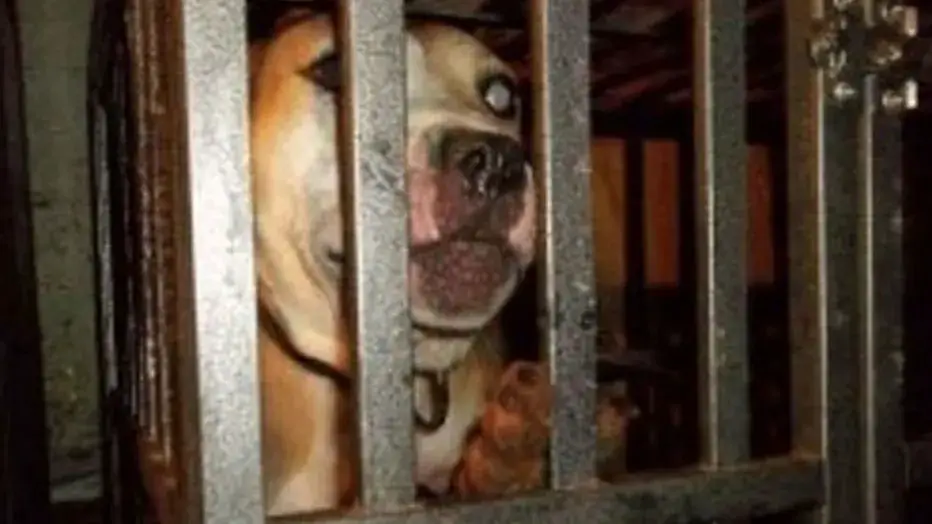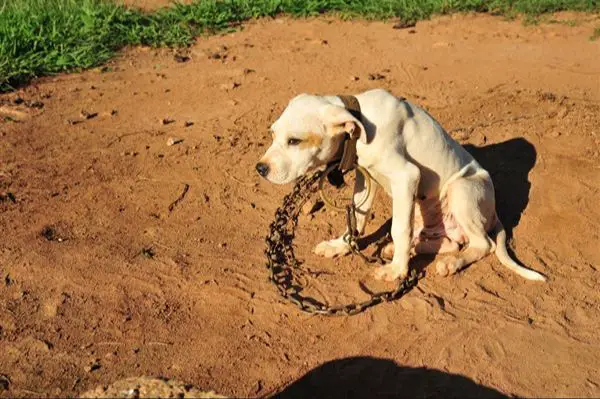The History of Dogfighting
Dogfighting has a controversial history that dates back hundreds of years. Some historians trace its origins to ancient Rome, where dogs were pitted against each other, bulls, and bears for entertainment. However, more widespread and organized dogfighting emerged in Europe in the 18th and 19th centuries.
In England, dogfighting became a popular underground activity associated with gambling and crime. Enthusiasts bred dogs such as Bulldogs, Bull Terriers, and Mastiffs for fighting prowess. Dogfights were also part of American frontier culture and were later adopted into Southern culture. The activity was mostly condoned as “good sport” at the time.

In the late 1800s, the public perception of dogfighting began to shift as humane movements grew. The cruelty involved became apparent to many people. By the 1940s, dogfighting was outlawed in most states and many countries. However, it continued as an underground subculture associated with gangs, gambling, and drugs.
Today, dogfighting is illegal in most of the world. It is banned in all 50 US states and Washington, D.C. In the United Kingdom it is illegal under the Animal Welfare Act. However, dogfighting still persists as an underground activity and global problem. Many countries struggle to enforce anti-dogfighting laws. Advocates continue working to further change cultural attitudes against this bloodsport.
Dangers of dog fighting
Dog fighting poses significant dangers to the animals involved as well as to humans. Dogs used in fighting often suffer severe injuries, including deep lacerations, broken bones, and damaged teeth. The psychological trauma of being forced to fight can also cause lasting behavioral problems in dogs.
In addition to harming dogs, dog fighting poses risks for humans as well. Handlers can be bitten or attacked by dogs during fights, and spectators also risk injury from dog attacks at events. The illegal gambling that surrounds dog fighting also draws other criminal activity to events.
Fighting dogs may transmit diseases and parasites to other dogs they come into contact with. Contagious illnesses like parvovirus and distemper can spread rapidly when unvaccinated dogs are concentrated together at fight operations. Rabies is also a concern when dogs are allowed to roam and bite freely.
Because of all these factors, dog fighting poses a serious public health and safety threat wherever it occurs. Strict enforcement and public education are needed to combat this abusive practice.
Rehabilitating fighting dogs

Many dogs rescued from fighting rings have gone on to live happy lives as beloved family pets after undergoing rehabilitation. With time, patience and proper training, these dogs can overcome the trauma and abuse they’ve endured.
The rehabilitation process begins by establishing trust between the dog and trainer through positive reinforcement techniques. Food rewards, affection and structured routines help the dogs feel secure and learn new behaviors to replace aggression. Potty training, socialization, desensitization and counterconditioning are all important parts of the training plan.
Rescued fighting dogs often go to foster homes while completing their rehabilitation. This allows them to experience life as a pet in a home environment. Many foster families end up adopting their dogs permanently.
According to the ASPCA, about 50% of fighting dogs put up for adoption find permanent homes. Adopters must be prepared to put in time, effort and resources to continue the dog’s training and provide ongoing support. But for the right owner, these loyal dogs can make wonderful companions.
While fighting dogs require extra patience and care, their stories demonstrate how even severely abused animals can thrive when given a second chance. With rehabilitation and love, they can leave their painful pasts behind.
Advocating against dog fighting

Education and public awareness campaigns can help inform people about the cruelty involved in dog fighting. These efforts aim to change cultural attitudes and make dog fighting socially unacceptable. Advocates can work with schools, community centers, and local media to spread their message.
Concerned citizens should also reach out to their elected representatives about strengthening laws against dog fighting and improving enforcement. Increased penalties and regulations, like mandating the forfeiture of fighting animals, help deter dog fighters. Advocates can petition lawmakers directly or join organized efforts through animal protection groups.
If you suspect dog fighting is happening in your community, document evidence carefully and report it. Anonymously contacting law enforcement or humane investigators allows them to build cases against dog fighters. Detailed tips help authorities locate fighting rings and rescue abused animals from cruelty.
